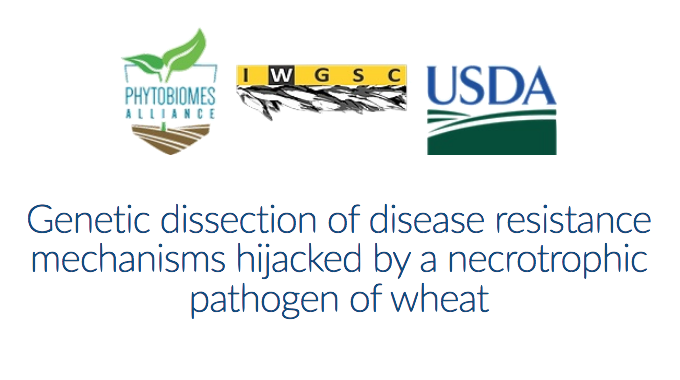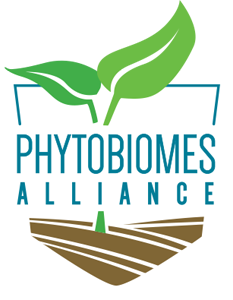
Genetic dissection of disease resistance mechanisms hijacked by a necrotrophic pathogen of wheat
March 11, 2021
Location
Online
Presenters
Justin Faris, Research Geneticist, USDA-ARS
Outline
Septoria nodorum blotch (SNB) is a foliar disease of wheat caused by the necrotrophic fungus Parastagonospora nodorum. In this pathosystem, the fungus produces necrotrophic effectors (NEs) that activate a defense response in the plant when recognized by corresponding host genes in an inverse gene-for-gene manner. The defense response, which includes mechanisms such as programmed cell death, activation of defense response genes, and an oxidative burst, precludes feeding and sporulation of biotrophs and therefore results in resistance. However, necrotrophs including P. nodorum, which feed on dead and dying cells, have acquired the ability to exploit host-induced programmed cell death and to tolerate the defense response. Genetic dissection of the wheat-P. nodorum pathosystem has revealed numerous inverse gene-for-gene interactions. The cloning of six wheat NE-sensitivity genes and five fungal NE-encoding genes has shed much light on the molecular mechanisms underlying disease development in this pathosystem. This webinar will focus on providing a genetic overview of the interactions, the molecular nature of the wheat genes that govern susceptibility, and the tools, knowledge, and strategies available for breeding SNB-resistant wheat cultivars.
